Above: Lighter moments during the competition .. a #selfie below the boat.
Boom.
Froth.
Into the deep. You literally step in.
Then you sink.
Then sort of float up to the surface. Someone hands you the camera from the boat. And off you go.
Ah, photography. But underwater. The agony and the ecstasy of it are what contributes to the addiction.
Imagine the work it takes to set up for a shoot on land — lugging all your reflectors, lights, backdrops and what have you and set it all up on set. Now imagine having to bring all of that down with you into the deep. With SCUBA gear.
Imagine how it feels using a snorkeling mask to look into your camera’s viewfinder (I shoot with a DSLR). And it’s not just the mask that makes it harder — it’s the protective housing that keeps your camera waterproof that adds to the inches between the viewfinder and your eyes. Roughly put, it’s about a total of 3-4 inches of shooting distance between what you see in the camera and your eyes.
Now imagine doing all this while you’re running out of air.
The setting was Mactan, Cebu. It was our club’s annual underwater photo shoot out. For 2 1/2 days we were free to use Cebu as a jump off point and surface with three photos: a macro shot that usually has a critter (like a crab or shrimp or sea slug) as subject, a wide angle shot that usually portrays a reef’s flora and fauna or a big animal like a whale shark, and a photo with a diver in it. The latter was to be used by Sun Star in their tourism campaign.
The one big rule: Submit exactly what we shoot straight from the camera. Which means no cropping. No white balance correction. No photoshopping of backscatter. In my gallery, 3/5 of my images are ‘shopped and there’s no shame in admitting that. This competition is a test of skill and creativity and quite frankly, how good of a diver you are. Found that nice frogfish on the substrate? Make sure you don’t silt the sand up while taking the photo then.
As this was my first time to really join a serious photo shootout, I can account for three instances that can make or break a winning shot.
1. Choosing whether to go wide or macro on a dive
There were at least six photographers in our group plus myself. For the most part of Friday and Saturday, we did three dives a day around the Mactan area. Unlike land photography, you have to commit to one type of lens before you go down, especially if you’re on a DSLR. Point and shoot cameras have what you call wet lenses that attach to the outer portion of your camera’s housing but the norm is essentially committing to either shooting reef scenery and the big stuff or getting down and dirty with the small stuff.
One of the sites we went to was known for the small critters. I saw that everyone brought down their 60mm and 100mm lenses to shoot the small stuff. I took a gamble and brought down my Tokina 10-17mm lens with this thought: “since everyone is shooting macro, there’s always that chance that their entries might all be very similar whereas I’ll be forced to submit a different photo.” So my wide angle shot was not that of a scenic reef, but this:
On macro, this would never have been possible. The wide lens made this lionfish larger than life with its poisonous fin rays giving that close up effect thanks to my semi-fish eye set up. According to Jan, our club’s founder, this photo caught the eye of the judges and made it to a short list.
But it had one problem. It was cropped. Which brings us to rule #2…
2. If all else fails, make sure your cropping is correct
I’ve seen photos with bad white balance and bad lighting make it to the finals in competitions like this, but it seems that bad composition — cropping to be exact is the first thing they look at. That’s because cropping is something you can actually control in a photo. I actually had another photo of the same subject in mind, and come to think of it I should have submitted that, however the lionfish wasn’t as dramatic. Here it is:
The top fin ray wasn’t as “in your face” as the first, but this photo was more technically sound even with the sand on the left. In wanting to be different I forfeited other “contenders” for the wide angle category. Here were some other shots I was thinking about submitting:
I didn’t submit this because I figured everyone would be submitting photos of the pier. It was an easy 15ft dive and many photographers could easily spend more than 60 minutes shooting here. In fact, in this dive, I was originally shooting macro. I had so much air, I surfaced and changed ports and dove back in.
We did one dive with the sardine ball by Kontiki and my photos were not exactly stellar. I mean, had they been post-processed, they’d move a category up as “passable” but you’ll get what I mean when I show you some of them:
This one was too dark:
While this one had the sardines facing the other way:
For my diver shot, I played it safe with this one. It’s pretty and the dual strobes distracts you from the rest of the imperfections of the image. Turns out that Sun Star wanted to choose a “wacky” image so a #selfie shot of a diver upside down won. Cool.
I realize now that I should have submitted this shot for either the wide / diver category:
It’s definitely more powerful as the diver and sardines are swimming towards me so they’re being shot head on. The backscatter and dirt may have been forgivable. I think.
Which brings me to my last point…
3. This goes without saying but … you NEED to know who the judges are and amaze the hell out of them(!!!)
Jan told me that the lionfish stood a chance because it was different and creative. But he also told me that had the judge been someone else, the criteria would have been different as lionfish are relatively easy to spot and shoot since they move slowly.
My macro photo? Well, despite it being technically sound with the correct lighting and great creative shadows, the ugly scorpionfish lacked the “wow factor.”
For what it’s worth, joining a competition like this really hones your senses because unlike my regular “casual shooting” where I want to document critters that everyone in the group wants to catalog, this time I want to get something different. If everyone submitted a photo of some rare nudibranch species, it may not be as special to the judges anymore. The competition got my pumped. It also removes that factor of correcting everything in post, which is why I need to get it right the first time.
To end, here are some edited photos that I took from that 6-dive weekend. I hope you enjoy them!
Blub! Blub! See you soon!
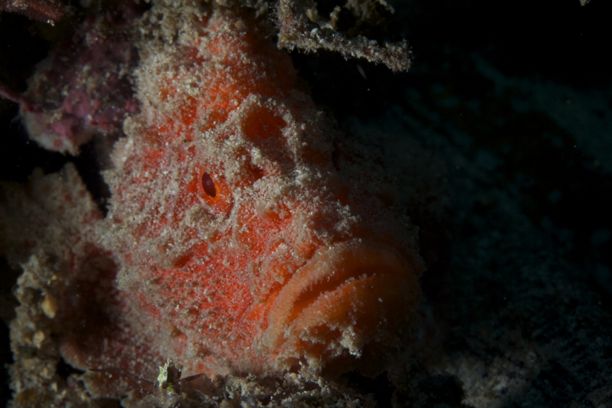
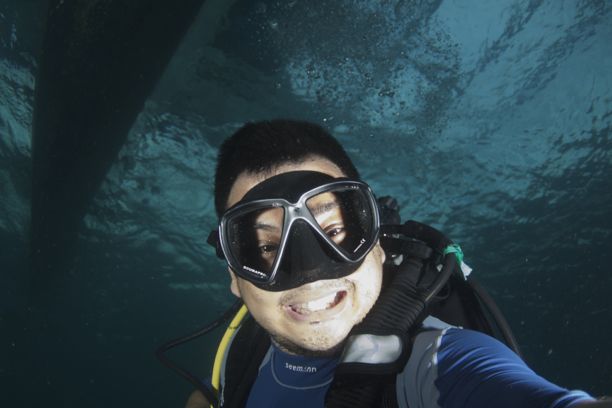
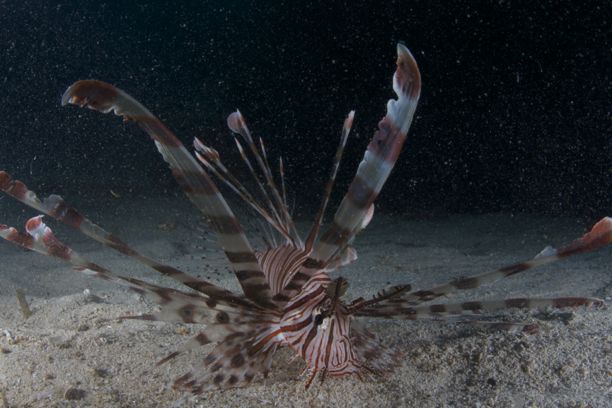
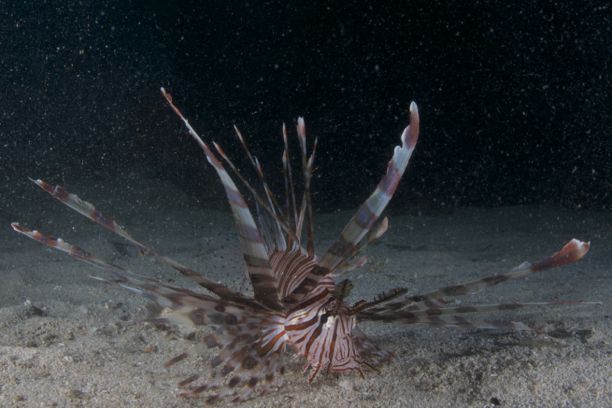
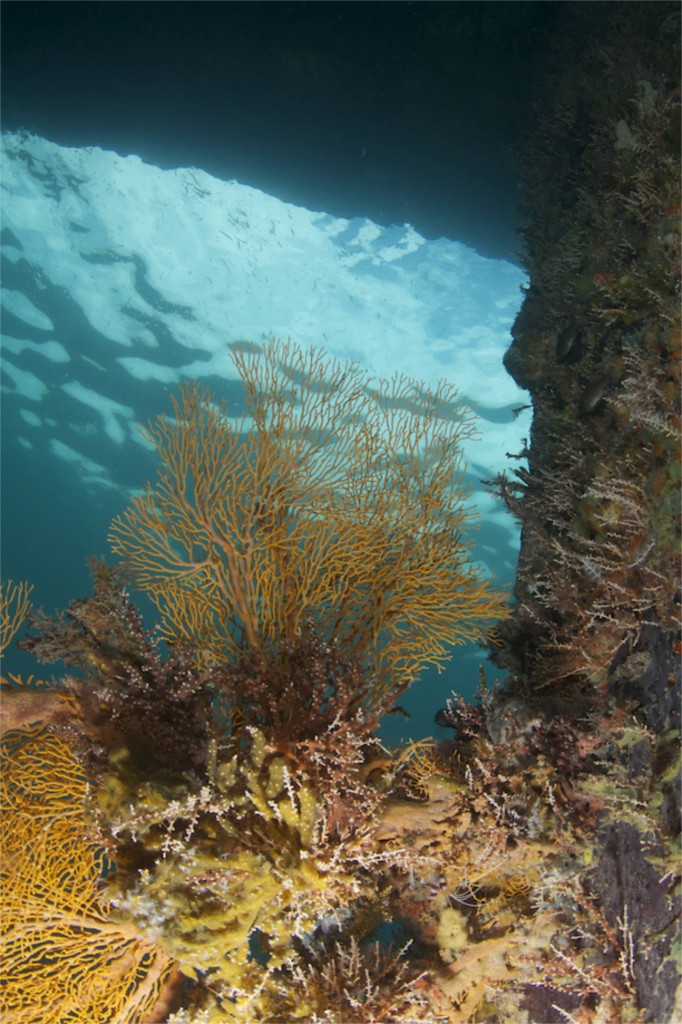
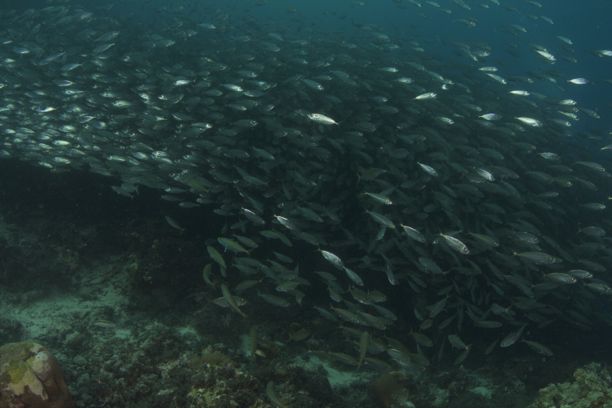
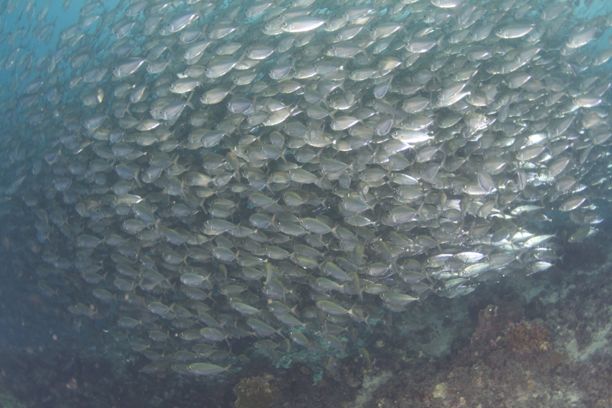
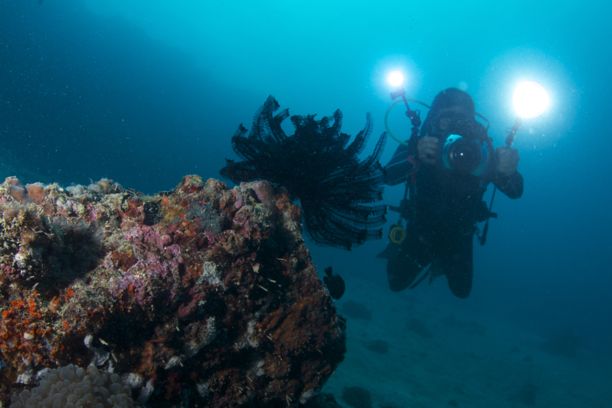
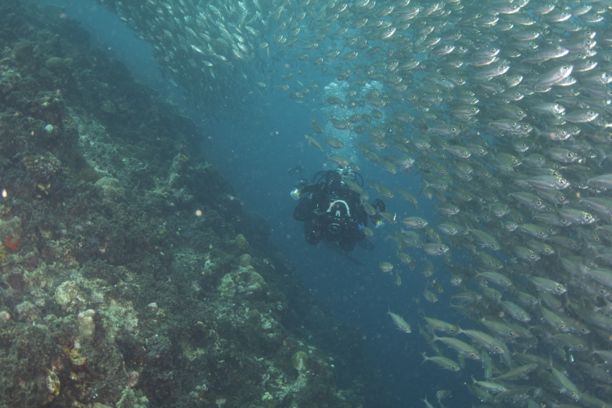
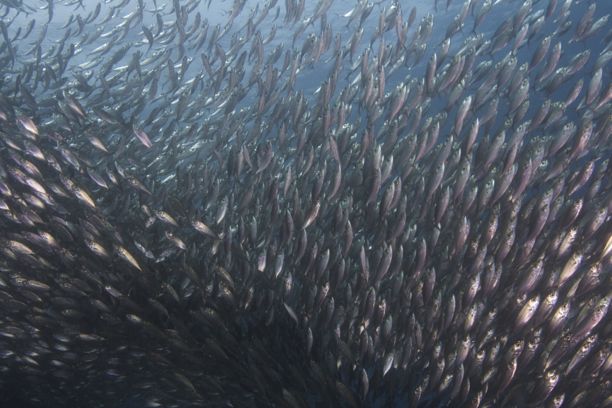
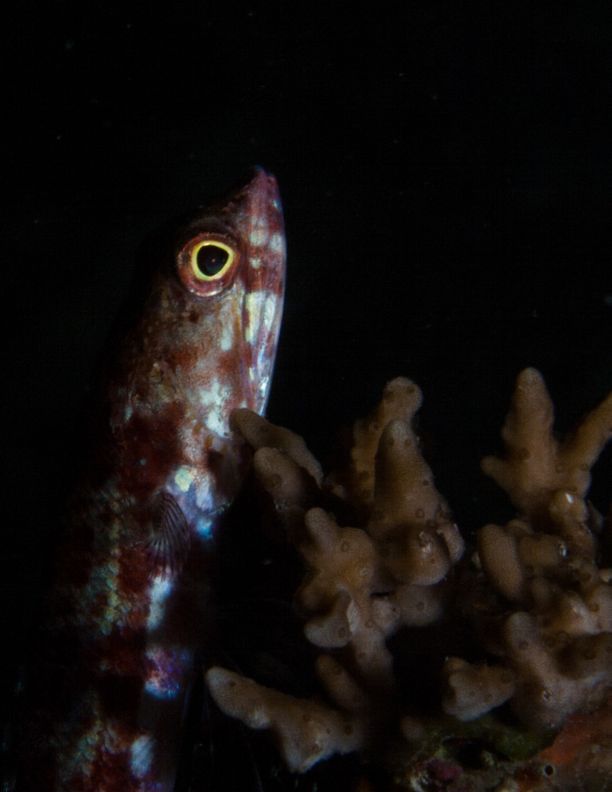
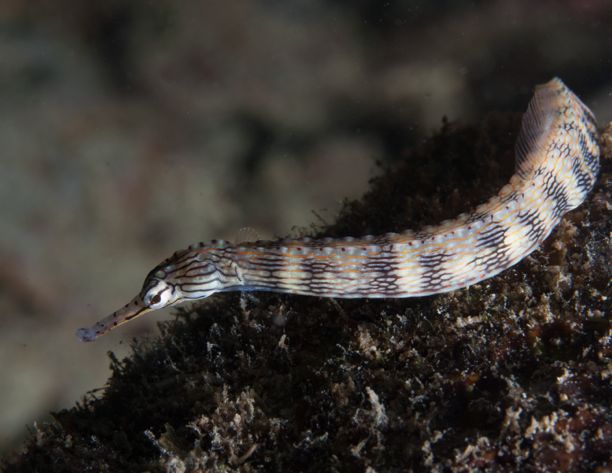
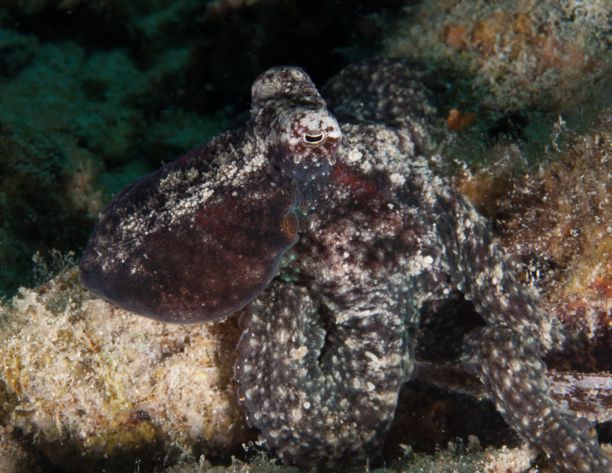
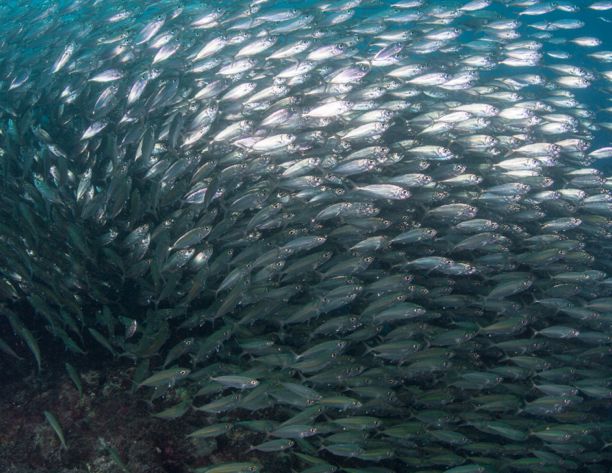
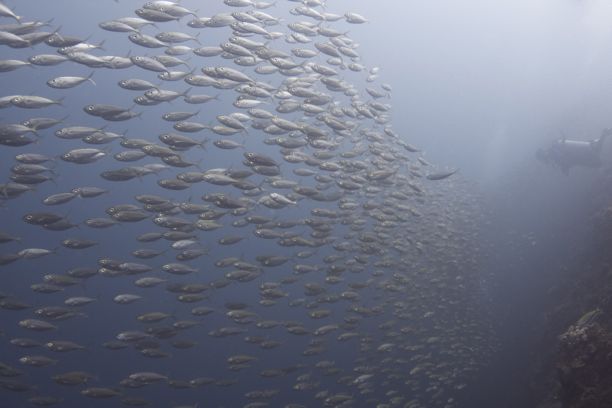
2 replies on “3 Things I Learned from Joining an Underwater Photography Competition”
[…] To quote a piece I wrote titled ’3 Things I Learned from Joining an Underwater Photography Competition’ […]
[…] you’re a marine biologist, or a diving enthusiast like my friend Jayvee Fernandez, or you live in an island full of them, you don’t get to see starfish all that often. I, for […]